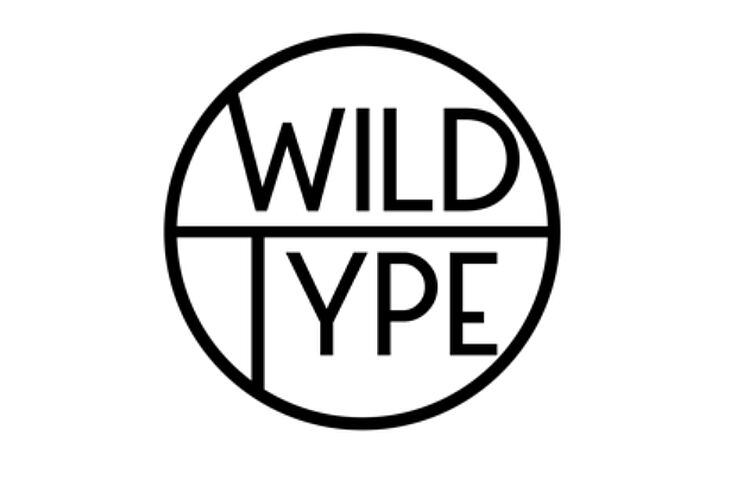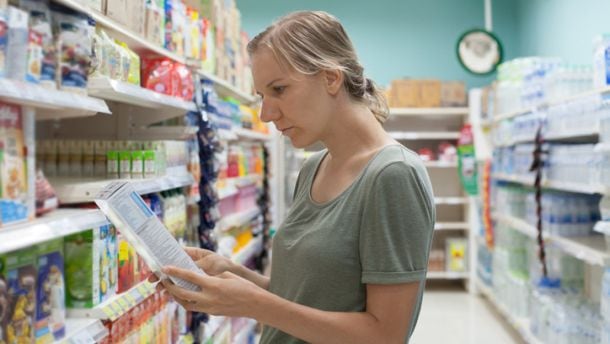If you take them with you every step of the way, there’s no reason why not, argues Kolbeck, who spent six years in the State Department earlier in his career in Afghanistan, Pakistan, and Australia honing communication skills that could prove vital in ensuring that consumers come to regard clean meat like clean energy: as greener, cleaner, kinder, form of food production, rather than Frankenfood.
There’s this dark realization of a looming food crisis
Protein production in 2030 or 2050 will likely include multiple approaches, from animal farming to cultured meat to plant-based options, added Kolbeck, who co-founded Wild Type with his his friend, cardiologist and molecular biologist, Aryé Elfenbein, in 2016, and has just raised $3.5m to fuel their cellular-ag inspired ambitions.
Given that agricultural land and water are finite resources, traditional animal agriculture can only take us so far, he added: “If we have nearly 10bn people on the planet and they all want to consume more meat, we’re facing two scenarios. One, meat becomes so expensive that only the privileged few get it, and two, we completely destroy our environment, so there’s this dark realization of a looming food crisis.”
While some might take issue with this binary, and apocalyptic, vision of the future, and others argue that meat should be a luxury within a diet based mostly on plants, clean meat companies are offering a solution that will enable consumers to have their cake and eat it, he added.
“It’s a more sustainable, and a more humane, method of production, that’s also more efficient."
So is it ready for prime time?
"The complex foundational scientific discoveries that needed to be completed for clean meat to exist, are there, so the basic bones are in place," said Kolbeck.
"However, there are still a lot of outstanding questions that we're all working on. So it's not a question of whether we can do this or not, it's more a case of optimizing key metrics."
Go to market strategy
While Wild Type has been experimenting with multiple animal species, including poultry and trout, they decided to focus on salmon in the first instance for several reasons, he said.
“First, it’s an animal that’s been drastically overfished; second, we’re in salmon country, from San Francisco up to Alaska; third, it’s a more expensive meat, so it makes sense to start with it; four, it’s the second most consumed seafood so we can have a big impact; five, we both really like salmon; and six, one of health.
"Some of the healthiest fats in salmon [long chain omega-3 fatty acids] are relatively deficient in the farmed species that comprises most of the salmon consumed in the US, plus there are other issues [in farmed and wild caught fish] such asconcentrated antibiotics, heavy metals and plastics.”

San Francisco-based Wild Type is one of a new wave of cellular agriculture companies producing meat, poultry and seafood by culturing cells, without raising or slaughtering animals.
Founded by former diplomat Justin Kolbeck and his friend, cardiologist and molecular biologist Aryé Elfenbein in 2016, the company recently raised $3.5m from Spark Capital, Root Ventures, Mission Bay Capital, and a number of angel investors to further its clean meat ambitions.
Its first product is likely to be salmon, but its platform is designed to accommodate multiple species from poultry to beef.
The growth medium: Time for a radical rethink
So how do you go from producing tissue on a small scale – to regrow damaged human organs, for example – to producing tons of it for the food industry, without breaking the bank?
With great difficulty, said Elfenbein: “It’s interesting how cells will behave in different environments, it’s almost like cells know the volume of their surroundings and will behave differently, so part of the technology we’ve developed is actually just understanding the fundamentals of fish biology and learning how cells – the fat, muscle and connective tissue cells - respond differently in different conditions and providing them with the environment that enables them to grow just like they do in an animal.”
He added: “We want the cells to grow exactly as they would inside an animal without pursuing some of the profound manipulations that might seem easier but we want to adopt a natural way for this to occur.
"We are using a number of approaches to cell line development. We have found the techniques required in cell line development to be exquisitely species-specific. For example, some of the techniques that we used to develop our chicken and duck prototypes simply didn't work in fish. While there is a significant level of expertise required in developing these cell lines, we think of this as table stakes for a clean meat company.
"Scaling the processes to support increasingly larger production volumes has been a significant R&D focus for us. Some of these considerations include radical new approaches to nutrient development, different production methods for different cuts of meat, and adapting our cells to thrive in high efficiency growth chambers."
Finding an affordable but effective animal-free growth medium will be key to determining the commercial viability of clean meat, added Kolbeck: “We believe that to make this work at the scale we need to, we need to explore some radical new approaches to sourcing it and we’ve made some nice progress along that journey.
“Incremental improvements to what the pharmaceutical industry has been working on for a long time are not going to be sufficient to create food.”
There are at least a dozen different techniques in tissue engineering to create structured meat
As for structure – that is, how do you go from a collection of cells suitable for a sushi roll or a chicken nugget to a marbled 3D steak or a salmon fillet - Wild Type has been exploring some “pretty recent and innovative tissue engineering strategies to create meat structures as they exist in animals,” said Elfenbein.
But this doesn’t necessarily require the use of edible ‘scaffolding,' he said.
“There are at least a dozen different techniques in tissue engineering to create structured meat, and scaffolds and micro-scaffolds are only two tools out of a huge toolbox that is changing all of the time, so we’re pursuing multiple avenues in parallel.
“We want to move from a minced salmon product to something more structured like smoked salmon before you get to say the Holy Grail of a salmon fillet.”

Consumers and clean meat/fish: There are clearly marketing challenges around producing meat in a bioreactor, especially in a food culture with a deeply ambivalent attitude towards food science and a growing emphasis on more ‘natural,’ ‘minimally processed’ foods.
That said, consumers are starting to think more carefully about the cost of industrialized farming in terms of animal welfare, food safety (heavy metals, plastics) and sustainability, particularly when it comes to fish, given that overfishing is a huge and growing problem, said Kolbeck.
As for health, cultured fish is also free of mercury and plastics, antibiotics, fungicides, pesticides and other chemicals used to treat and prevent illnesses in aquaculture, he added.
“The product needs to be convenient, taste incredible, and at the same or a lower price [than wild caught or farmed fish], and if we can do those three things, we are extremely confident that we will have a very competitive product.”
The business model: Our starting point is to build a consumer facing fish and meat company
Given that Wild Type was only incorporated in 2016 and has just seven full time employees, the business model is not cast in stone given the rapid pace with which the burgeoning clean meat market is evolving, said Kolbeck.
“We want to keep all options on the table, and we’ve spoken to large and small food companies that are interested in potentially partnering with us, but our starting point is to build a consumer facing fish and meat company and understand what our customers’ needs and pain points really are.
“For example, we imagined that everyone would want a salmon fillet, but when we started talking to chefs, they were saying well actually, it would be helpful if you could provide simpler textures and ingredients that could go directly into our rolls or fish pates, as we would only have to chop up the fillet anyway.
“To build a really consumer facing food company we need direct connections with consumers, and building a b2b company would unplug us from that. Chefs we’ve been talking to are really interested in working with us and we’ve had fantastic feedback, so our starting point will be building partnerships with chefs up and down the west coast, and as we grow we can explore other markets.”
So when will the first Wild Type products hit the market?
“We’ll commit to a product release date later this year as we make some progress against our milestones,” said Kolbeck.
The GMO factor: "This is an issue that has come up regularly in our conversations with future customers in the restaurant and food service businesses," said Kolbeck.
"Fundamentally, consumers are asking to be provided with a range of options, including non-GM versions of our fish products. We've taken this feedback very seriously and are developing non-GM methods to produce our products."
